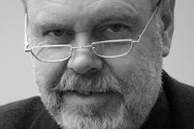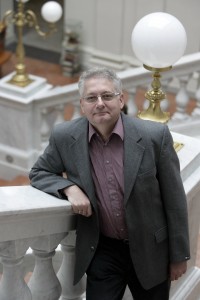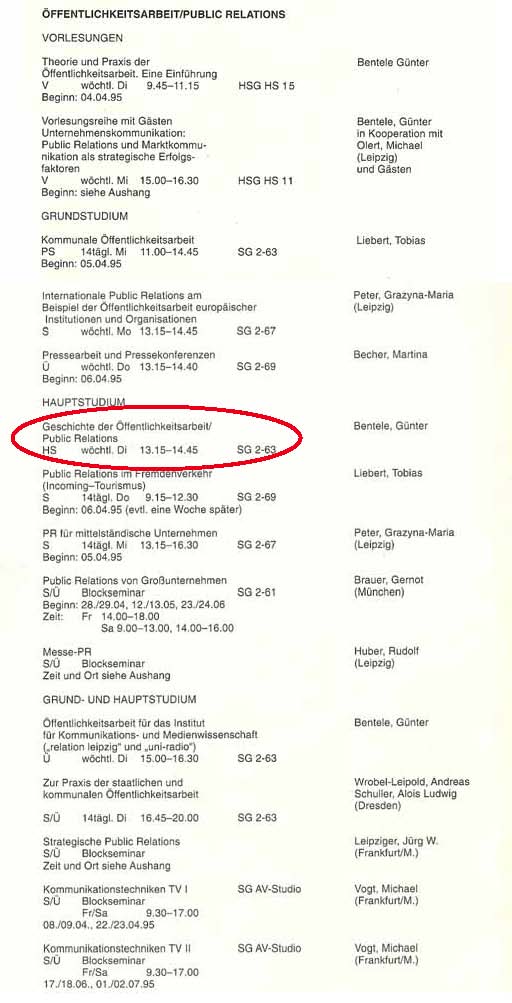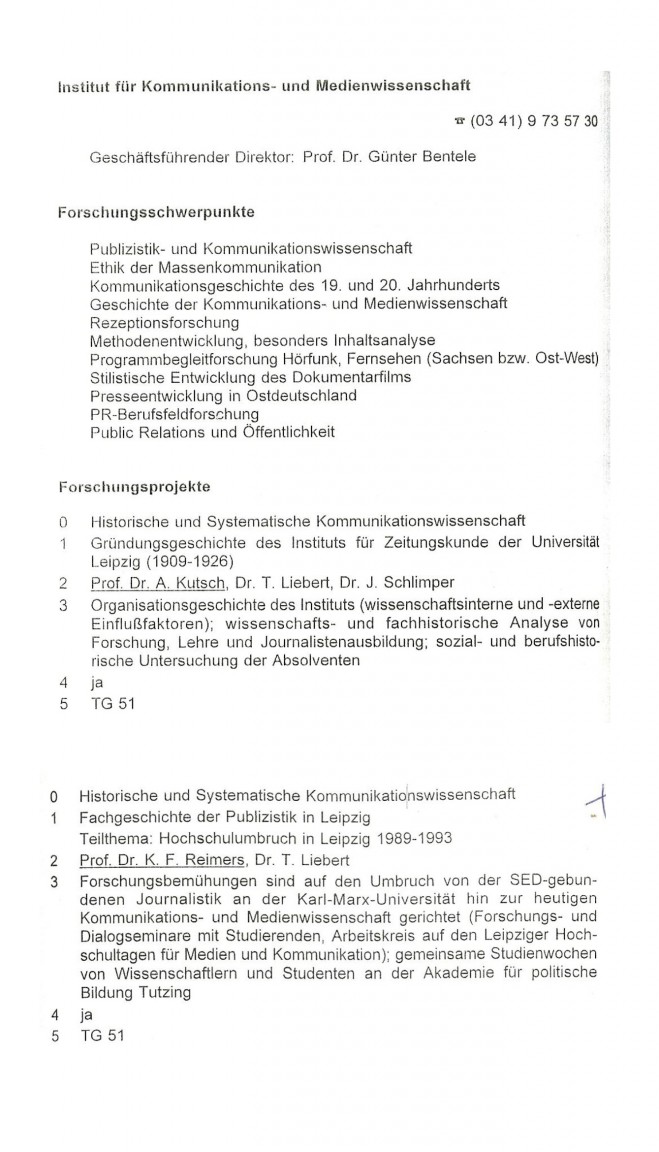About us
Aims
With the German Online Museum for Public Relations and our website pr-museum.de, we want to make PR history in Germany accessible to interested publics. The website pr-museum.de serves as a platform for the development, collection, dissemination and discussion of PR-historical and communication science findings. It wants to inform about PR-historical findings, facts, insights and theses. In addition to students in training and continuing education, we also address interested academics and practitioners of public relations, corporate and organizational communication and communication management, as well as the general public.
The pr-museum.de in principle is pursuing a non-commercial objective. Any online advertising, sponsoring etc. by third parties on the site serve the aims of the institution, in particular to refinance the inevitable operating costs. Your financial support (sponsoring) is also welcome, please contact the editor Prof. (em.) Dr. Günter Bentele.
Idea
Günter Bentele, Professor of Public Relations at Leipzig University from 1994 until his retirement in 2014. Source: private.
The Online-Museum project was created as part of the teaching activities of PR Professor Günter Bentele 1 (G.BE.) at the Institute for Communication and Media Studies at the University of Leipzig. In his lectures Prof. Bentele had offered PR-History in Germany as teaching content since 1994, the first seminar on PR-History and the USA took place in 1995; the topic has been offered continuously since then. The topic has been an integral part of the courses2 offered by the Chair of Public Relations/PR since 1994.
As Bentele introduced his students to the various aspects of PR history, the idea of making this information available to a wider audience grew. The idea of the online museum was born.
In addition to the many students who have contributed to pr-museum.de through their text work, thanks go especially to the Günter Thiele Foundation for Communication and Management in the Donors’ Association for the Promotion of Sciences and Humanities in Germany and Günter Thiele himself for many years of support for historical research and the pr-museum.de project. Historical PR research is included as a foundation goal in the foundation’s statutes. The predecessor of the Günter Thiele Foundation was founded in 2000 as the “Foundation for the Support of PR Science at the University of Leipzig”.
Realization
In the winter semester 2005/2006 students under their seminar leaders Günter Bentele and Stefan Wehmeier worked for the first time on PR-historical assignments as well as text drafts with the explicit aim of publishing them in pr-museum.de (online). This took partly place individually, partly in teamwork – but almost always accompanied by a discussion and revision process, which could extend over several semesters. When a basic stock of text templates had finally been created, the realisation of the online museum could begin. Prof. Dr. Stefan Wehmeier (University of Greifswald) accompanied the project intensively until 2006.
Tobias Liebert, here during research at the Albertina University Library in Leipzig. Photo: Tom Schulze.
In 2011 the freelance communication scientist and consultant, lecturer and author Dr. Tobias Liebert (T.L.) joined the museum project. He edited a large number of text drafts and also contributed his own texts or parts of texts. Liebert has been dealing with communication and the subject history 3 as well as regional historical topics for more than three decades. Since the beginning of the 1990s, he has also been dealing with PR history and historical communication.
PR-historical contents are also taught in the current Master’s programme Communication Management. As Emeritus Günter Bentele (G. BE.) also brings the history of public relations to the young Leipzig generation. Elena Gebel and Michael Haker, former students of communication management, programmed a first version of the internet platform based on a content management system. The final version was created in 2014 by the agency “webdesign & webentwicklung” (Stefan Paasch) with the participation of Prof. Dr. Jasper A. Friedrich (today University of Applied Sciences and Arts Hanover). Tina Schmitt helped with the transfer of texts from the old to the new platform. Graphic designer and manufacturer Christine Friedrich-Leye from “ceel-design” developed the image design of the preview and contribution images, while Jessica Häring and Anika Liebert supported the image editing.
Authors and sources
The PR Museum is a joint effort of many. The texts published on the pages and sub-pages of the PR-Museum are clearly marked as to which authors have contributed substantially to the content of the texts. A contribution that is related by topic and authorship, as it is known as an essay from specialist journals or printed collective works, is divided into several online sub-pages. As a rule, the individual text parts (i.e. subpages) of a contribution can also be downloaded as a PDF file. For each article, the concluding subpages “Authors, sources, downloads” contain literature and source references. Each image of the Online Museum in the current text contains a picture caption with the necessary information. For the specially designed images at the top of the pages, the image credits are included in the notes on the first page of each contribution, unless they can be considered to be in the public domain. Picture credits of the thumbnails are designed as mouse-over effects.
Project management and editorial staff were guided by diligence and transparency in the preparation of the content and form, including citation and photo research. However, errors cannot be ruled out, especially in a project in which many people are involved and which runs over many semesters. Due to the fast pace of the online world, not all links can be kept up to date. If the rights of third parties are violated by our information offers, this happens unintentionally. In such a case we ask for immediate report. In general we are looking forward to your comments and suggestions.
All texts have been translated with the help of deepl.com translations. We are very impressed with the performance of this translation program. Again, we ask you to inform us of any translation errors or stylistic irregularities so that we can improve the texts.
Should you notice any errors in our texts, should you have other hints or should you have made or plan to make your own contributions to the history of public relations – e.g. in university education – please inform us. We are very interested in further texts. Please refer to the contact page.
Citations
Each contribution has one or more authors and a title. The German Online Museum for Public Relations acts as a collection in which the contributions are contained. This results in the following bibliographic entry for your bibliography: [Name, Prename] (contribution year): title of the contribution. In: Bentele, Günter (Ed.): German Online Museum for Public Relations. Online at: https://pr-museum.de (date of online contact).
If you need to specify a page number for a specific citation, please quote from the downloadable PDF document. Each PDF, i.e. each contribution, has its own page count. For example: Liebert, Tobias; Stockmann, Pia (2014): State Public Relations and Communication Policy in Prussia: From the beginnings to Friedrich II. p. 5. In: Bentele, Günter (Ed.): German Online Museum for Public Relations. On the Internet at: https://pr-museum.de (available on 10.04.2018).
If you do not want to quote the PDF, but the online (HTML) subpage, please enter the concrete URL of the subpage. For example: Heber, Julia; Liebert, Tobias; Schmigalle, Petra (2005-12): Press conference. In: Bentele, Günter (Ed.): German Online Museum for Public Relations. In the Internet under: https://pr-museum.de/pr-massnahmen/instrumente/pressekonferenz/aufkommen-der-ersten-pressekonferenzen-2/ (call on 10.04.2018).
Annotations
Dr. phil., Jg. 1948, Inhaber des Lehrstuhles für Öffentlichkeitsarbeit/PR am Institut für Kommunikations- und Medienwissenschaft der Universität Leipzig von 1994 bis zu seiner Emeritierung 2014. 1989 bis 1994 Professor für Kommunikationswissenschaft mit Schwerpunkt Journalistik an der Otto-Friedrich-Universität Bamberg. Studium der Germanistik/Linguistik, Soziologie, Publizistikwissenschaft, Philosophie in München und Berlin.
1974 Staatsexamen, 1975 bis 1990 Assistent für Publizistikwissenschaft, Wiss. Mitarbeiter im Modellversuch Journalisten-Weiterbildung und Hochschulassistent im Studiengang Publizistik der Freien Universität Berlin. Seit 1980 Tätigkeit als Publizist und als PR-Experte/-Berater. Promotion 1982, Habilitation 1989 an der FU Berlin.
Vorsitzender und -Mitglied in mehreren Jurys: Seit 1993 Albert Oeckl-Nachwuchspreis der DPRG für Public Relations, DPRG-Preis „Goldene Brücke“, Dissertationsnachwuchs-Preises der DGPuK, Medienpreis Medienstiftung der Sparkasse Leipzig, Liberty Award von Reemtsma, etc. 1995 bis 1998 Erster Vorsitzender der Deutschen Gesellschaft für Publizistik- und Kommunikationswissenschaft (DGPuK). Seit 2003 Member des Board of Directors und 2004 Präsident EUPRERA (European Public Relations Education and Research Association). 1998 Visiting Research Professor an der Ohio University Athens/Ohio; Gastprofessuren an den Universitäten Zürich, Lugano, Klagenfurt, Jyväskylä (Finnland), Sofia und Riga. 2004 Auszeichnung als „PR-Kopf des Jahres“ in Deutschland, 2007 als „Professor des Jahres“. 40 Buchpublikation, über 180 wissenschaftliche Aufsätze.
2 Hier als Beispiel das Angebot von Günter Bentele aus dem Jahre 1995.
3 Beispiele für historische Forschungsprojekte, an denen Tobias Liebert während seiner Zugehörigkeit zum Lehrstuhl Historische und Systematische Kommunikationswissenschaft zu Anfang der 1990er-Jahre mitgearbeitet hat.




